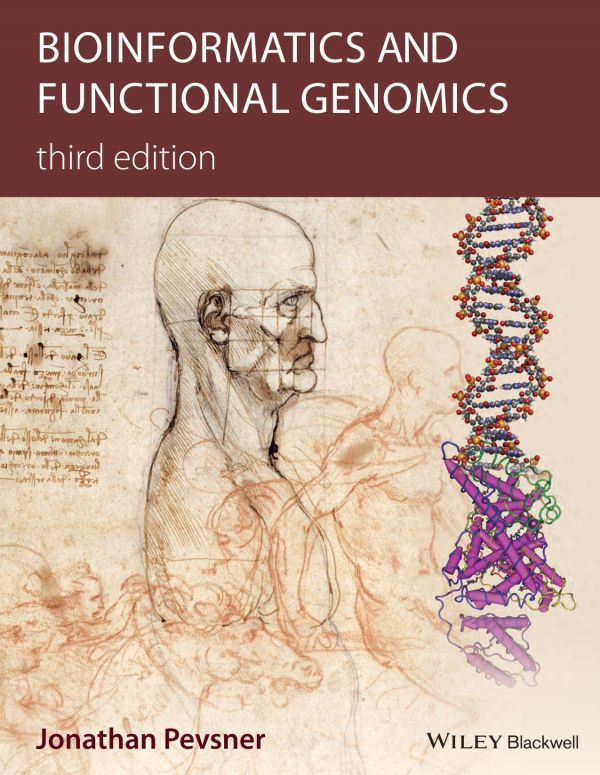

Most ebook files are in PDF format, so you can easily read them using various software such as Foxit Reader or directly on the Google Chrome browser.
Some ebook files are released by publishers in other formats such as .awz, .mobi, .epub, .fb2, etc. You may need to install specific software to read these formats on mobile/PC, such as Calibre.
Please read the tutorial at this link. https://ebooknice.com/page/post?id=faq
We offer FREE conversion to the popular formats you request; however, this may take some time. Therefore, right after payment, please email us, and we will try to provide the service as quickly as possible.
For some exceptional file formats or broken links (if any), please refrain from opening any disputes. Instead, email us first, and we will try to assist within a maximum of 6 hours.
EbookNice Team

Status:
Available4.8
6 reviewsThe bestselling introduction to bioinformatics and genomics – now in its third edition
Widely received in its previous editions, Bioinformatics and Functional Genomics offers the most broad-based introduction to this explosive new discipline. Now in a thoroughly updated and expanded third edition, it continues to be the go-to source for students and professionals involved in biomedical research.
This book provides up-to-the-minute coverage of the fields of bioinformatics and genomics. Features new to this edition include:
The book is complemented by lavish illustrations and more than 500 figures and tables - many newly-created for the third edition to enhance clarity and understanding. Each chapter includes learning objectives, a problem set, pitfalls section, boxes explaining key techniques and mathematics/statistics principles, a summary, recommended reading, and a list of freely available software. Readers may visit a related Web page for supplemental information such as PowerPoints and audiovisual files of lectures, and videocasts of how to perform many basic operations: www.wiley.com/go/pevsnerbioinformatics.
Bioinformatics and Functional Genomics, Third Edition serves as an excellent single-source textbook for advanced undergraduate and beginning graduate-level courses in the biological sciences and computer sciences. It is also an indispensable resource for biologists in a broad variety of disciplines who use the tools of bioinformatics and genomics to study particular research problems; bioinformaticists and computer scientists who develop computer algorithms and databases; and medical researchers and clinicians who want to understand the genomic basis of viral, bacterial, parasitic, or other diseases.